In the molded, mass-manufactured, and CNC’d world, everything was smooth. Meanwhile, our 3D printed world had a surface roughness problem that was proving difficult to solve. Finishing took longer than printing, and, in many cases, added high cost.
Everything changed with Arcam. With Arcam (now GE) electron beam melting (EBM), we saw that the right kind of roughness could be a boon, as well. Rough, not-so-dense EBM, always the bridesmaid, never the bride, took off in orthopedics. It took off because of porosity and because it could create the right roughness to promote bone adhesion in orthopedic implants. A bug had become a feature. And it was cheaper than conventional manufacturing! EBM has since seen continued success in orthopedic implants. More and more 510 (K) approvals for EBM and laser powder bed fusion (L-PBF) in orthopedics mean that this will be a significant source of business for our industry for decades to come.
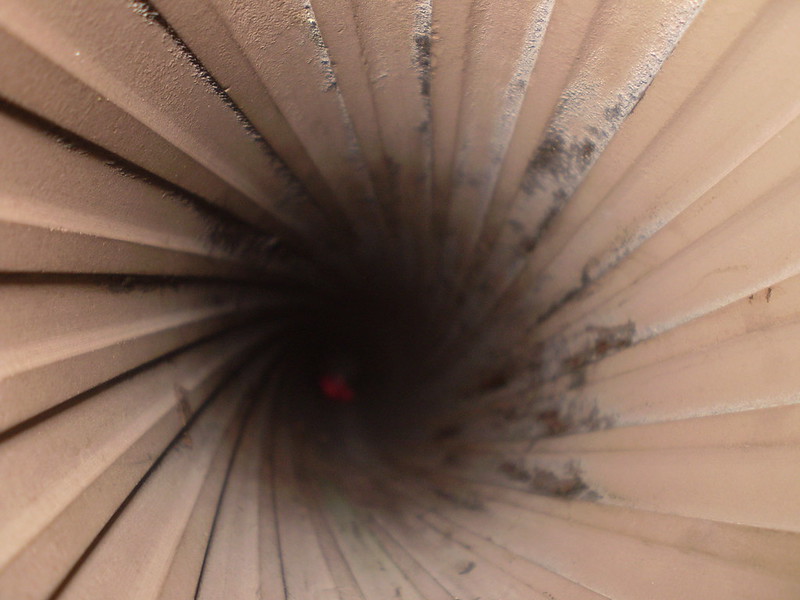
Rifling in artillery barrels extends range and accuracy.
But, if we look across other industries, we don’t really see that success with textures replicated. Furthermore, we don’t see very significant investment in textures pursuant to the opportunity. Orthopedics is a high growth market that has not matured because countries such as Brazil, Mexico, and Indonesia have unmet demand and have not been able to afford these kinds of procedures previously.
People are getting heavier, with more diabetes and arthritis. Simultaneously people are living longer and have more expectations of a higher activity life for longer, as well. Your grandma wants to go to France, and she’ll now get a hip implant which will be replaced in a few years for a new one. The sum of this is that orthopedics is a tremendous opportunity.
It’s not some race-to-the-bottom game either. Implants need to be perfect; failed implants require another procedure and can expose medical device firms to millions in lawsuits. So, this is a long-term, expanding business opportunity that we, as an industry, can meet while getting paid. That’s beautiful. There are more industries and use cases such as this one out there.
We have to inspire people with good examples of parts and applications to get them to come to us. Sales and marketing people have to tell an accurate and compelling story to get people interested, as well. We need a lot more training and 3D printing people also. But, I think that there is another rather unexplored method that we can use to find new applications and grow our industry: Functional Textures on Demand.
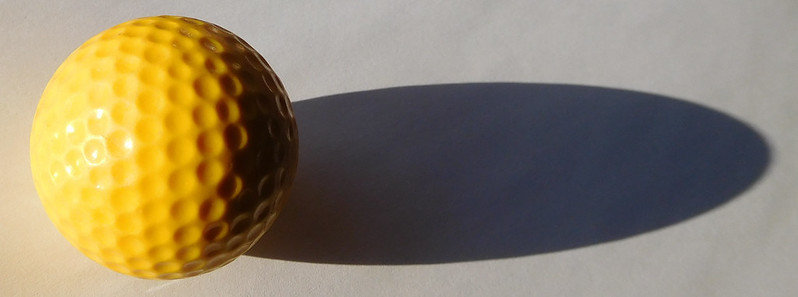
Imagine that we got together on one global project to create, test, and validate different textures for 3D printing. We would try to make many different kinds of high performing surfaces and study their effects.
Can we make a surface that increases gas flow? Or a surface that decreases it? Can we make a surface that reduces surface tension in a tank or cools a liquid? Can we design a porosity to absorb liquid in a particular way or to have stronger capillary action? Can we create textures that lock two faces of different parts together in one plane, but where they can easily be removed from each other by pulling them in a different direction? In other words, could it be valuable to have Velcro for titanium? Can we create textures that make objects more abrasive or harder wearing? I think so.
What about textures that can increase the service life of a cog? Or a texture that can make a valve work better? Or a texture specific to one single manifold design to optimally route liquid in that manifold? I’m not sure but that could be interesting.
What about textures on the inside of combustion chambers that can optimize combustion, making it more complete, for example? Or a texture inside a tank that would lead to a slightly faster processing time for a polymer plant’s chemical reaction? That would be very worthwhile.
What I like most about this is that we can discover completely unanticipated effects of advantageous textures in this way. Once we have them, they could be applied to make all of our parts a bit better. Indeed many available textures would make our entire technology a bit better.
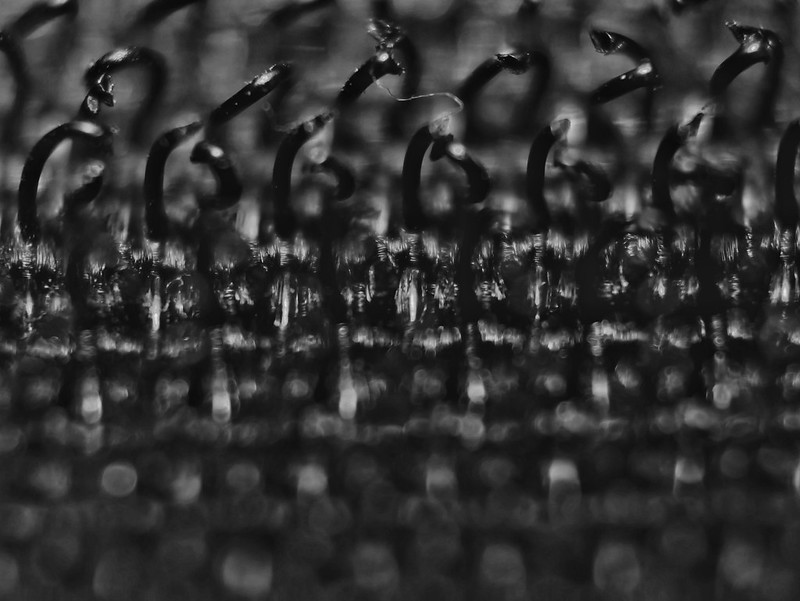
A close up of Velcro.
The idea of Texture on Demand is that we develop functional texture libraries that are open source. We then share them and ask researchers and universities to contribute to them and work with firms to test these textures and their effects. Once this has critical mass, companies will scramble to protect further-optimized, proprietary textures to gain advantage. This will create more research into textures still. Perhaps specific texture forges will emerge that commercialize optimized textures for applications. Perhaps CAD will make it easier to create functional textures and we could simulate them better with FEA and the like.
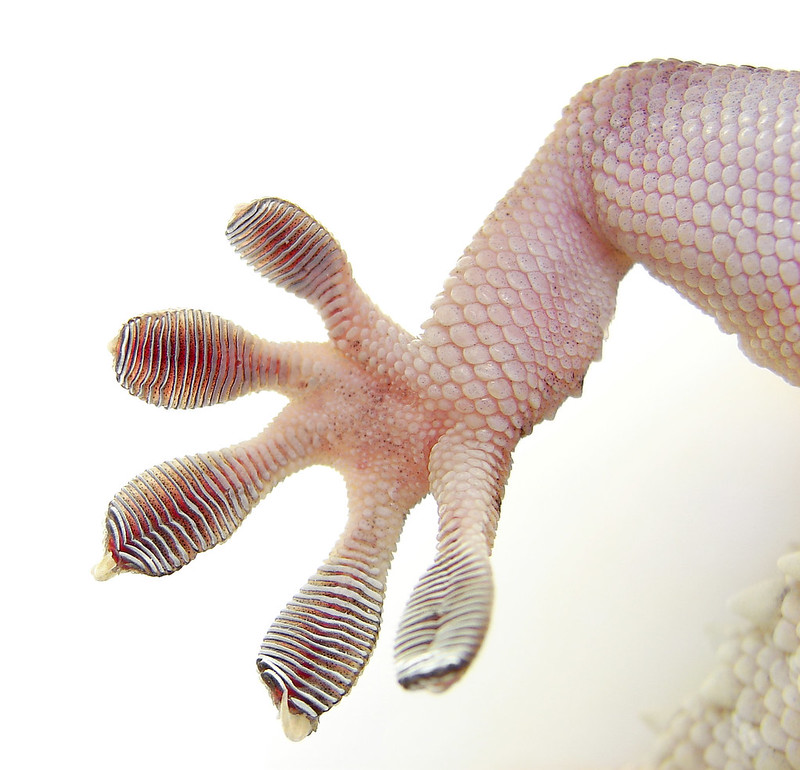
Gekko feet have textures that let them stick to walls using van der Waals forces.
These textures should be easy to apply to CAD files. There should be standards so they can be exchanged widely and applied by different CAD programs to files. They should also be able to be used easily in these CAD programs. We should be able to stitch different textures together to create new ones or to apply them to different zones of a part. Textures can be modified, and then this result should be shared as well.
These textures should be tested for their effects as widely as possible to find unanticipated effects. The results of these tests should be added to a database or entry on Thingiverse or similar outlet so that others can perform more tests and find textures with the effects that they need. We should then coherently, gradually find more functional textures that can be applied to many parts so that their performances are improved.
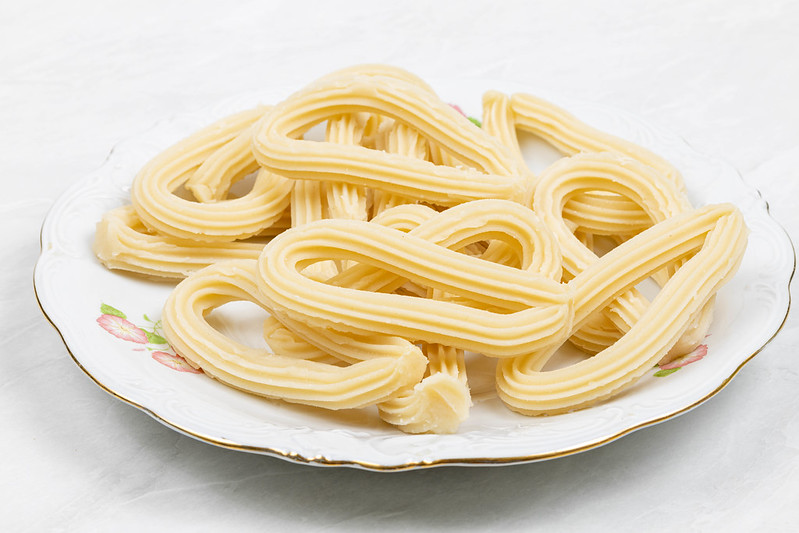
Textures can also change objects made with them, such as these churros.
One single texture that increases abrasion resistance could be applied to many tens of thousands of parts requiring that quality. This makes it valuable from a commercial and research point of view to develop these textures. Textures would help us all by making our parts fit the world just a little better. At the same time, they could unlock completely new breakthroughs in materials science and engineering. And this technology could then be applied to our entire installed base of machines. Textures could in fact make all machines and all materials more valuable, what say you?
Image credit: Les Chatfield, JPC24M, Marco Verch, Matt Reinbold, Scouse Smurf,
Subscribe to Our Email Newsletter
Stay up-to-date on all the latest news from the 3D printing industry and receive information and offers from third party vendors.
You May Also Like
3D Printing News Briefs, April 13, 2024: Robotics, Orthotics, & Hypersonics
In 3D Printing News Briefs today, we’re focusing first on robotics, as Carnegie Mellon University’s new Robotics Innovation Center will house several community outreach programs, and Ugogo3D is now working...
Rail Giant Alstom Saves $15M with 3D Printing Automation Software 3D Spark
3D Spark has entered into a three-year deal with the rail giant Alstom. Alstom, a transport behemoth with annual revenues of $16 billion, specializes in the manufacture of trains, trams,...
Meltio Expands Global Reach with New Partnerships in the Americas and Europe
Spanish 3D printing manufacturer Meltio has expanded its sales network across the globe. With the addition of three new partners in the United States, Brazil, Argentina, and Italy, Meltio aims...
3D Printing Webinar and Event Roundup: April 7, 2024
Webinars and events in the 3D printing industry are picking back up this week! Sea-Air-Space is coming to Maryland, and SAE International is sponsoring a 3D Systems webinar about 3D...































